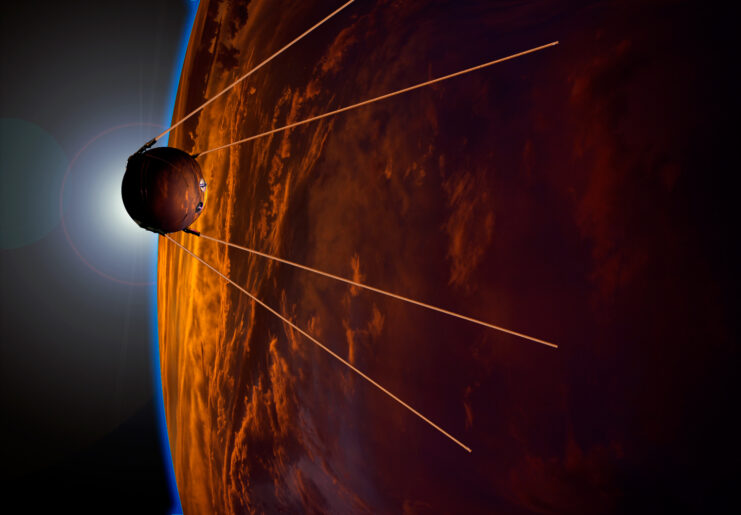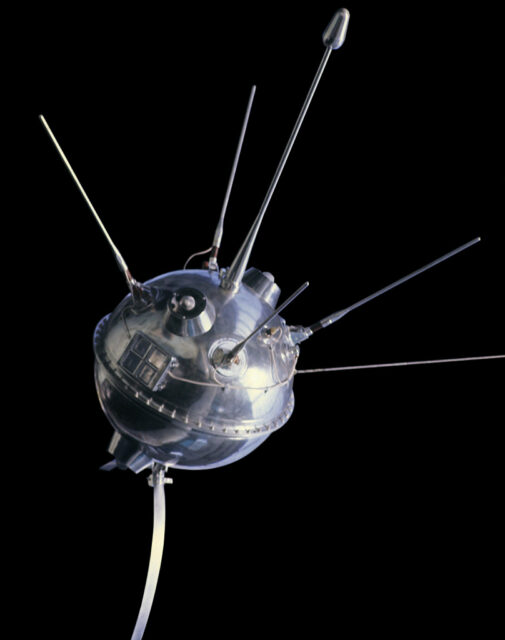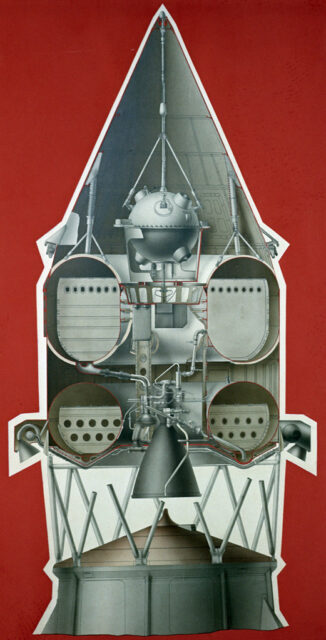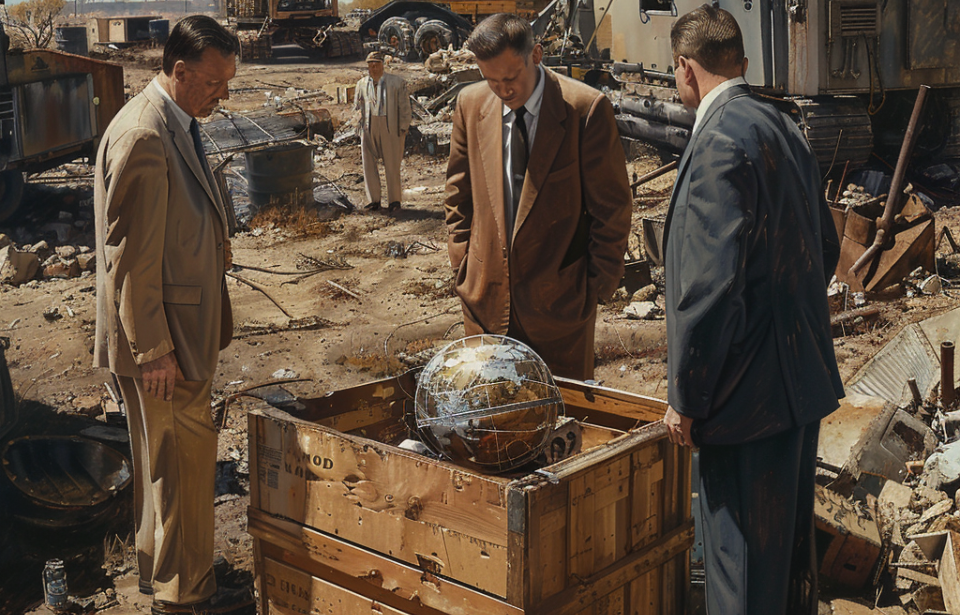The Space Race was an amazing display of technological excellence, but it also doubled as a direct metric for the United States and Soviet Union’s superiority. While the former would eventually win the race, the USSR was in the lead for the early portion. America was so desperate to catch up that the CIA stole a Soviet satellite to study it, without the other side ever knowing.
Heating up the Space Race

In the hearts and minds of the public and politicians, whoever was winning the Space Race was, in turn, reigning victorious in the Cold War. This competition was sparked by military technology – primarily the development of intercontinental ballistic missiles (IBMs) – and, therefore, represented each respective nation’s military prowess.
The Soviets led the way with a string of impressive firsts, such as putting the first satellite (Sputnik I), animal (Laika the dog) and human (Yuri Gagarin) in space. The world was in awe, and these achievements made the US look dated in comparison.
Under President Dwight D. Eisenhower, the National Aeronautics and Space Administration (NASA) was created.
John F. Kennedy ultimately replaced Eisenhower as president of the United States and, surprisingly, was rather ambivalent about space exploration. This changed when the Soviets put the first human in space in April 1961. This made JFK understand just how important the Space Race was, resulting in his famous “We choose to go to the Moon” speech in September 1962.
As part of the American effort to catch up, the government brought in all the help it could get from the military, NASA and even the Central Intelligence Agency (CIA).
Hatching a risky plan to gain intelligence

After the Soviets launched Sputnik I in 1957 and Luna 1 two years later, they capitalized on their achievements by taking their technological successes on a world tour that included the United States. In hindsight, this probably wasn’t the best idea.
On such a tour, many, including some in the CIA, doubted the Soviet government would allow a real Luna satellite out in public. Regardless, the agency planned to investigate.
One night, after the exhibition closed, plain-clothes agents were sent in to take a look at the satellite. The exact location and date this took place have never been revealed, but it’s speculated to have occurred in the early 1960s. When they arrived, they were surprised to find the lone Soviet guard tasked with watching over the satellite wasn’t at his post. They entered the room and were even more shocked to discover the craft on display was a real Luna satellite.
The team reportedly spent hours with the satellite, taking notes and photographs to gather as much information as possible to help with America’s space program. They collected a substantial amount of data and they decided to try and get even more.
This time, from the inside.
CIA agents steal a Soviet satellite

The tour was set to move to another city – Mexico City – so, in typical CIA fashion, agents concocted a Hollywood-like plan to steal the Soviet satellite.
During transportation, security around the satellite was oddly relaxed. After the exhibition closed at each stop, the spacecraft was boxed up and taken by truck to a nearby railway station. Before being loaded, a guard would check the crates due to be delivered to the next location. It was noted the guard never actually checked what was inside each crate and there was no expected time of arrival. This would be where the CIA would strike.
The agents ensured the satellite was on the last truck and tailed it on its way to the railway station. No guards joined the convoy, so they stopped the driver and put him in a hotel overnight. How they did this is unknown. The truck was then driven to a nearby salvage yard and hidden.
At the railway station, the guard checking the crates clocked off without realizing the last truck never arrived. The operation had gone perfectly; the CIA was now in possession of the Soviet satellite and had all night to analyze it.
More from us: The Most Damaging Spy In US History Was An Unassuming Accountant – Elusive for 22 Years!
From 7:30 PM to 5:00 AM the next morning, agents dismantled the satellite and photographed it in great detail. When they had what they needed – including a close-up look at the Lunik’s construction – it was reassembled and placed among the other crates at the railway station. The Soviets never suspected a thing.
